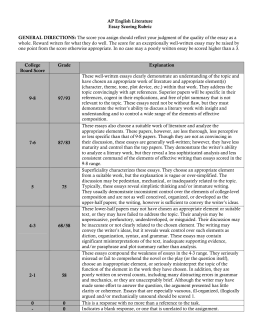Armillaria ostoyae by matthew williams on Prezi.
Armillaria mellea is widely distributed in temperate regions of the Northern Hemisphere. The fruit body or mushroom, commonly known as stump mushroom, stumpie, honey mushroom, pipinky or pinky, grows typically on hardwoods but may be found around and on other living and dead wood or in open areas.Armillaria, honey fungus, survey. The problem. For many years it was thought that Armillaria existed as just one very variable species. However, the range of species has now been confirmed and there are seven species recorded in the UK. These are A. mellea, A. gallica, A. ostoyae, A. cepistipes, A. borealis, A. tabescens and A. ectypa.Armillaria Root Disease Armillaria ostoyae Key Wildlife Value: Armillaria ostoyae creates short-term snags of any size and all sizes of down wood, by killing and decaying the root system and butts of host trees. Canopy gaps resulting from armillaria root disease expand slowly, resulting in a more diverse stand structure and at times a more diverse plant species composition, as resistant or non.
This page was last edited on 11 January 2014, at 04:56. Files are available under licenses specified on their description page. All structured data from the file and property namespaces is available under the Creative Commons CC0 License; all unstructured text is available under the Creative Commons Attribution-ShareAlike License; additional terms may apply.Wildscreen's Arkive project was launched in 2003 and grew to become the world's biggest encyclopaedia of life on Earth. With the help of over 7,000 of the world’s best wildlife filmmakers and photographers, conservationists and scientists, Arkive.org featured multi-media fact-files for more than 16,000 endangered species.

Detrimentally, rusts, smuts, and molds cost billions of dollars through crop disease and spoilage while forest pathogens such as the honey mushroom ( Armillaria ostoyae ) and root-butt rot ( Heterobasidion annosum ) similarly threaten the timber industry. Some are toxic when eaten, such as the infamous destroying angel ( Amanita phalloides.











